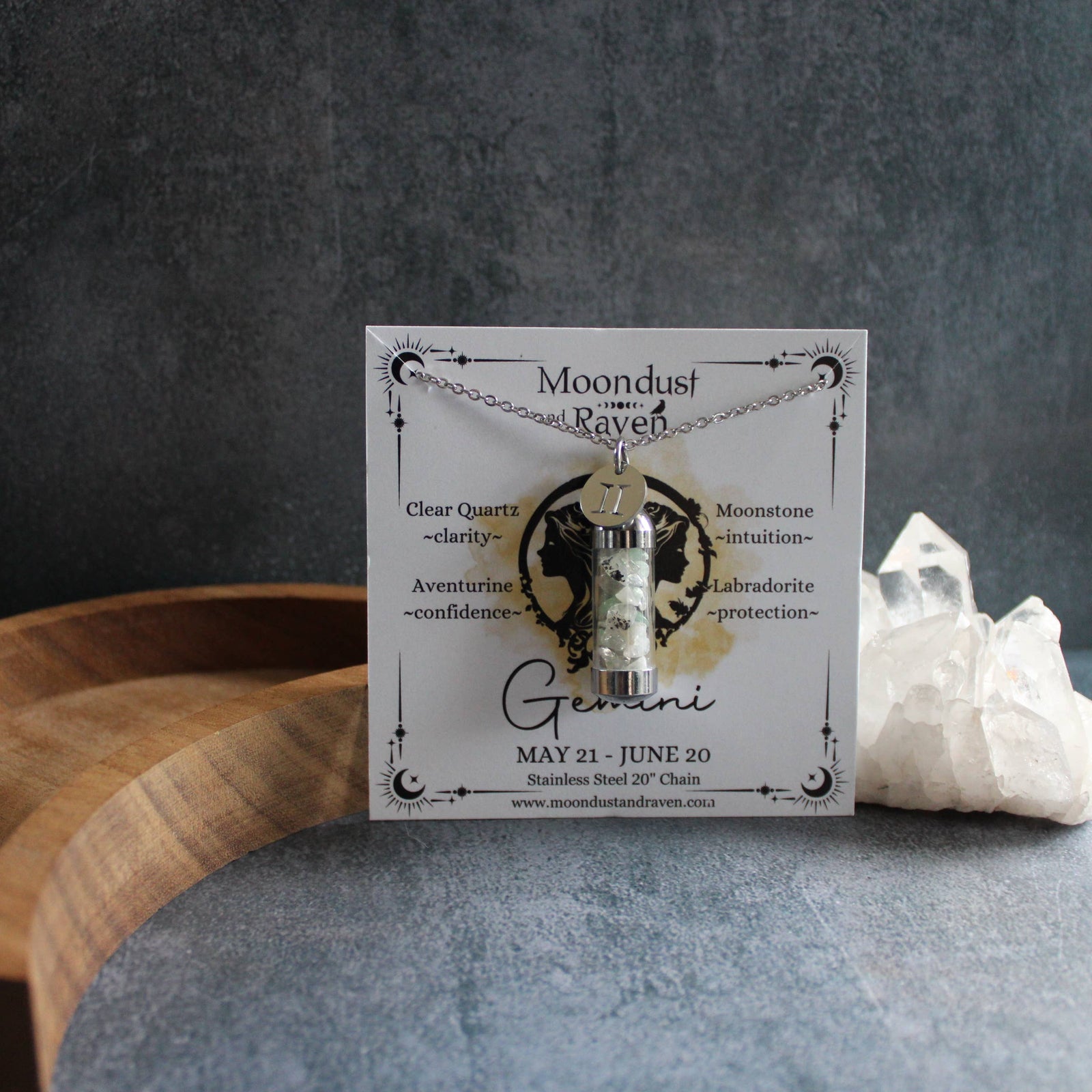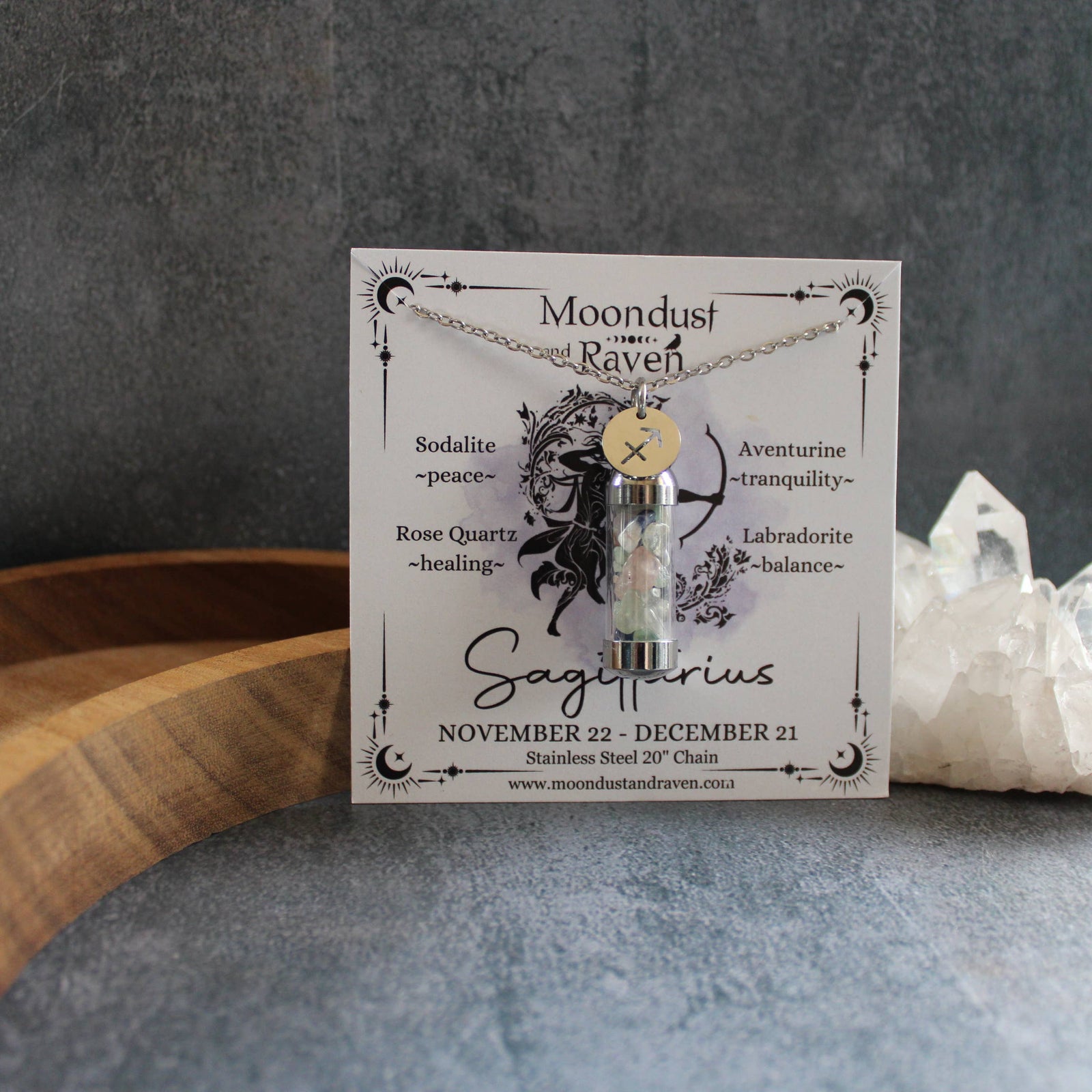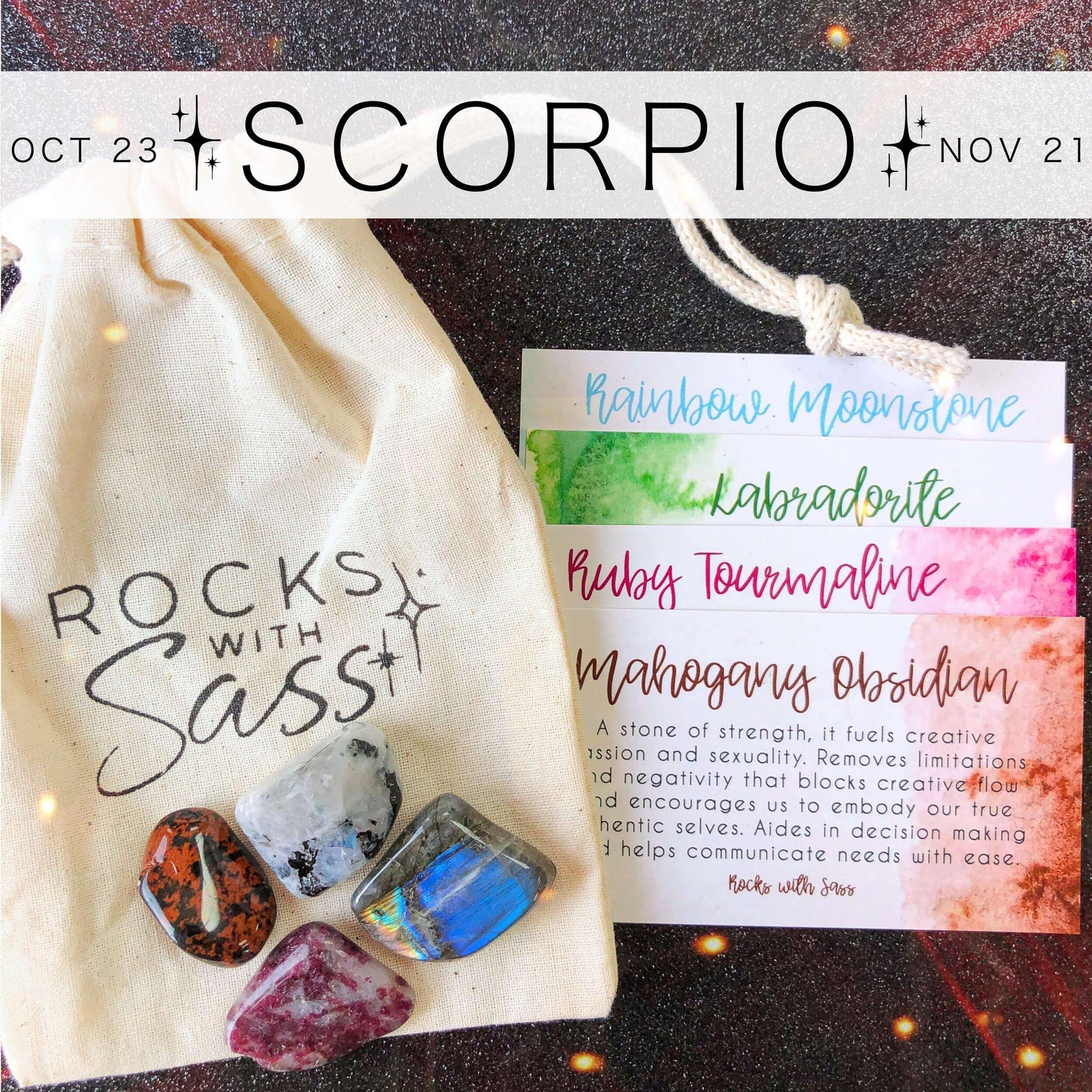The feldspar mineral Labradorite is named after its location of origin: Paul Island, off of the province Labrador, Canada. Though the ‘Isle of Paul’ is where Labradorite crystals were first discovered, this stone can be found in mining districts all around the globe! When it comes to size, the largest specimens of Labradorite crystal are found in Madagascar. These beastly Labradorite pieces can come as rough rocks, or polished freeforms, even larger than 100kg! Though it can be important to remember: these massive mineral monuments may not have the same quality as smaller, more reasonably sized Labradorite from a typically A Grade mine. The stone Labradorite is typically graded by the quality of its flash, or Labradorescence. The highest grade Labradorite that is available is only sourced from Finland, and is called Spectrolite: this variety of Labradorite is considered to be of gemstone quality! Though we at Rocks With Sass don’t currently offer Spectrolite, if you’re a Lab Lover like us, it’s worth looking into. The three localities previously mentioned are just a few places this mineral can be found. Labradorite can be found additionally in other parts of North America, Europe, Australia and Asia.

Labradorite
Protection - Adventure - Balance
Affirmation
I believe in my inner magic and know I can manifest my dreams into reality.
Chakras

Root Chakra

Sacral Chakra
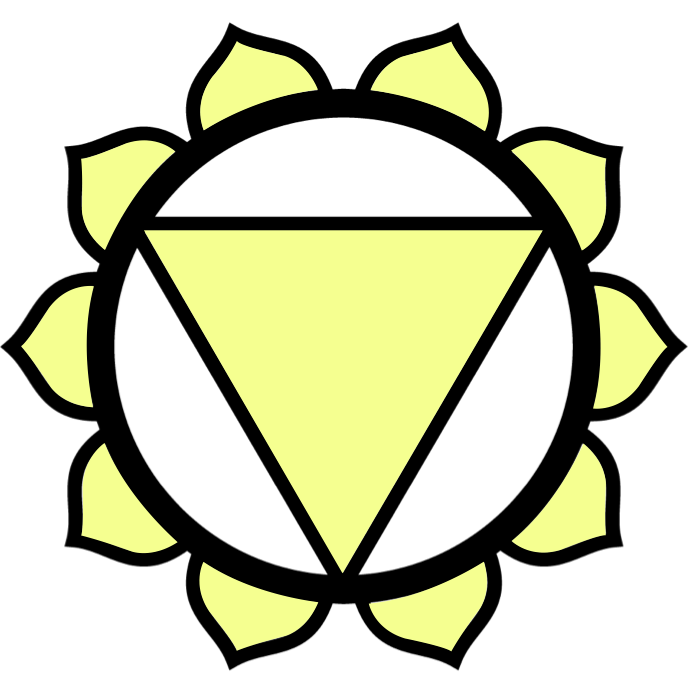
Solar Plexus Chakra

Heart Chakra

Throat Chakra

Third Eye Chakra

Crown Chakra
Zodiac

Taurus

Scorpio

Sagittarius

Capricorn
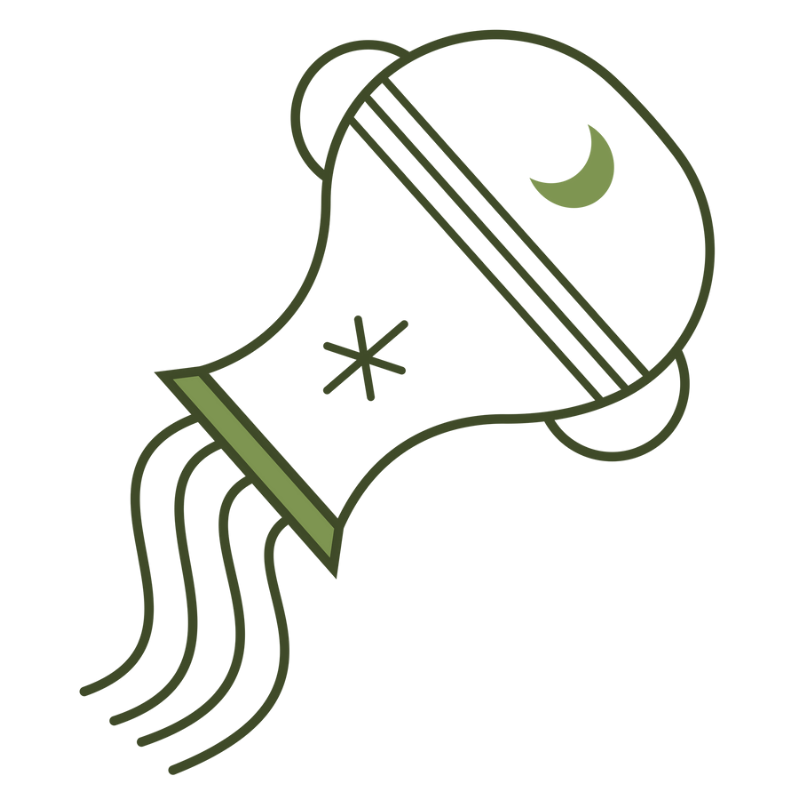
Aquarius

Leo

Pisces
Energy
Labradorite encourages you to engage life authentically through personal power. As a seven chakra stone, this dark opalescent beauty releases negative energy through each center. When every chakra is connected through energetic healing, you release burdens that are not yours and anything that distracts you from self belief. Labradorite fosters a relationship with the self by bringing you out of your weaknesses and into your strengths. This is where the magic lies, Labradorite reveals to you your inner power to engage life how you wish. Take intentional action, believe in your worth, and lead an authentic existence with this magical stone.
Placement
Feel the magic in the palm of your hand when Labradorite is held. Holding Labradorite can release surface level tension and keeping it in a pocket works even better. The longer you keep it on you, the deeper the healing. This close contact practice is all about attunement. When we stay within a positive vibration; one of love, gratitude, and faith, the more we heal our physical body. Labradorite aids in this process because of its high vibration frequency. The more you keep it around, the more you discover inner peace and power. On days when you feel self conscious or indecisive, hold Labradorite close as a reminder of the glimmer you hold within every day no matter your feelings.
Ritual
The mysterious patterns running along Labradorite’s surface echo its connection to the cosmos. Energetically, Labradorite matches frequencies with the Moon. This property allows deep reflection and self discovery when it is activated in a moon ritual. Called a ‘moon bath’ or ‘moon bathing,’ find a safe space outside on a clear night. Sit or stand in the beams of the moon and hold Labradorite close to your heart. Envision the moon encircling you with a protective orb of white light. Repeating mantras such as, “I am one with myself” or “I am spiritually conscious” will bolster your self belief and worth. This ritual can be finished by remembering what truths you already know about yourself and the gifts you possess. These are just a few of the unique discoveries you hold.
Labradorescence
The beautiful colors within Labradorite, known as labradoressence, seem to be light reflected off its top surface. However, this reflective effect comes from light hitting what is called a twinning surface within the stone. A twinning surface is the rock’s composition formed on different axes and angles. This composition causes color to refract in different ways, leading to each Labradorite’s unique appearance.
Lore
Adding to this stones magic there is a fun myth attached to its discovery. An Inuit warrior in Labrador, Canada saw the flash of labradorescence in the rocks and he felt called to release the lights with his spear which is how we now have the Aurora Borealis.

















